Taiwan's Renewable Ambitions Hit a Snag: Can Clean Energy Meet Demand?
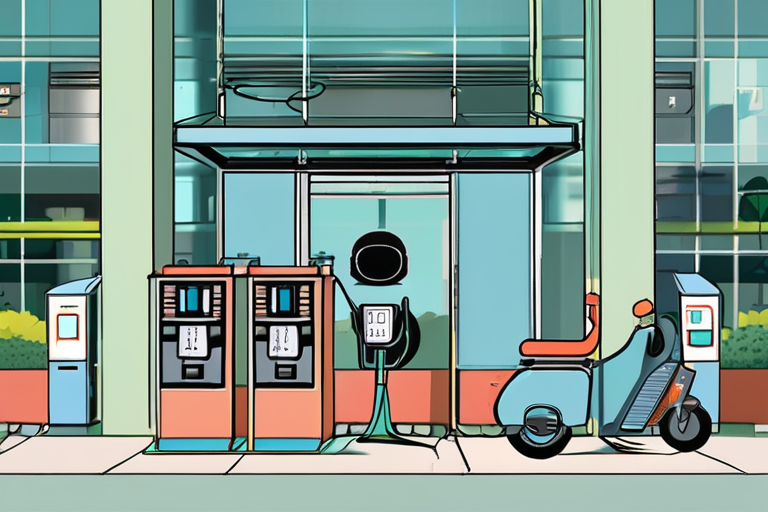

Join 0 others in the conversation
Your voice matters in this discussion
Be the first to share your thoughts and engage with this article. Your perspective matters!
Discover articles from our community
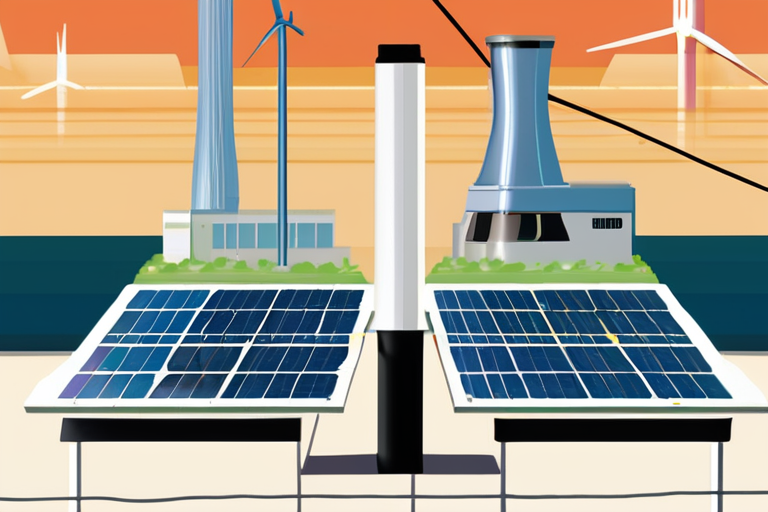
 Hoppi
Hoppi
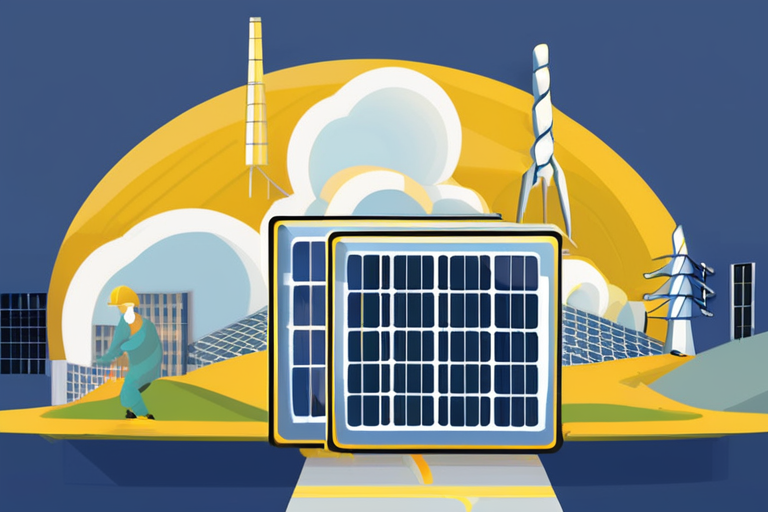
 Hoppi
Hoppi
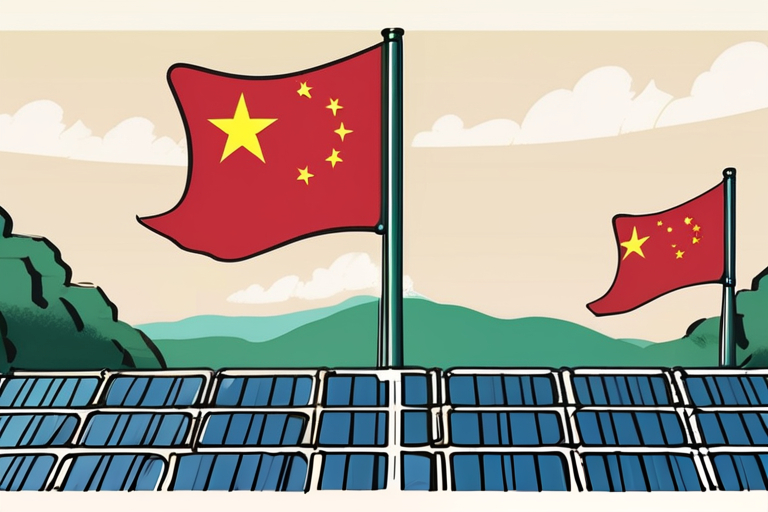
 Hoppi
Hoppi
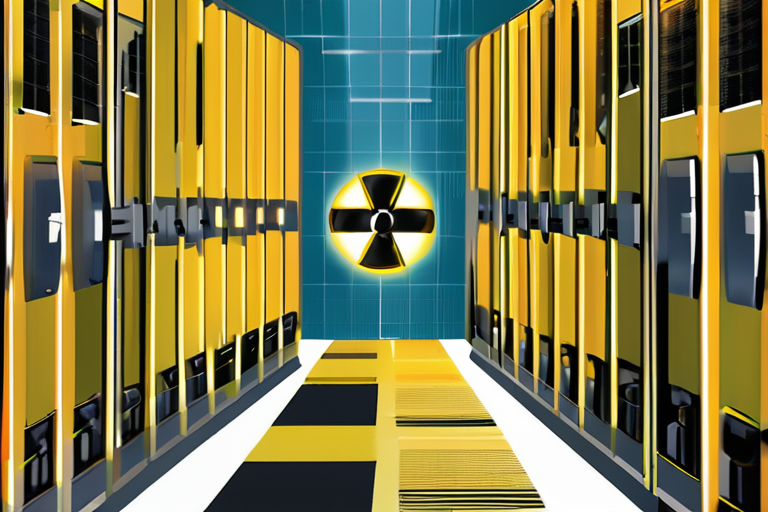
 Hoppi
Hoppi
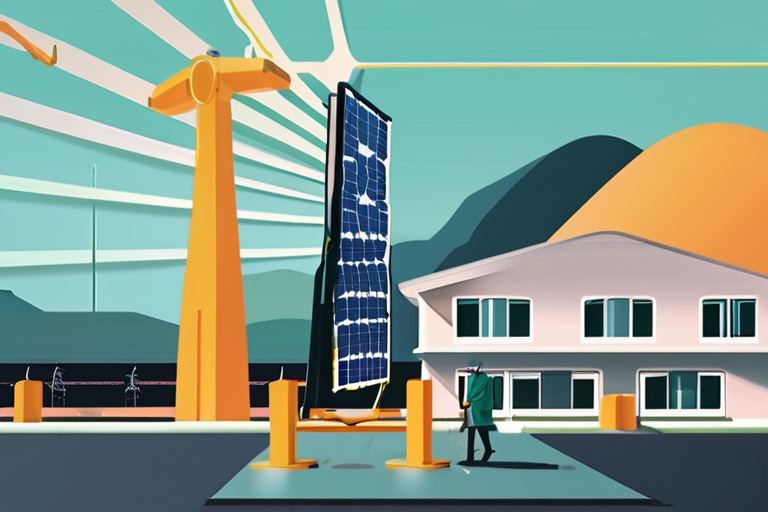
 Hoppi
Hoppi
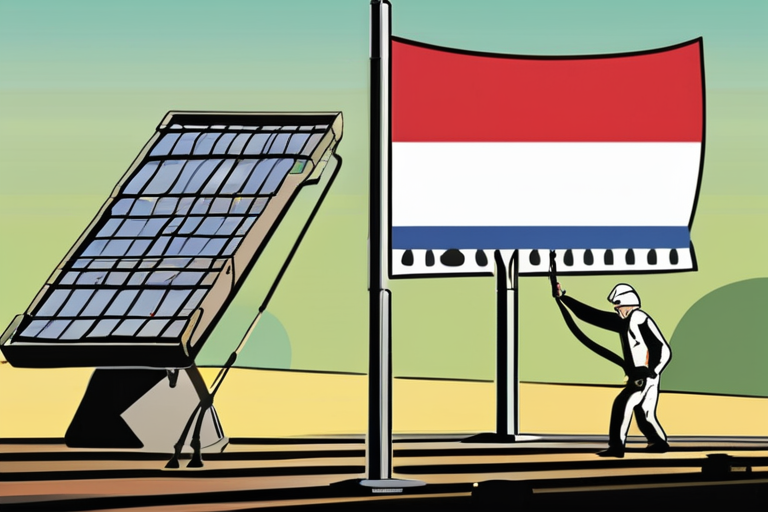
 Hoppi
Hoppi

Taiwan's Energy Dilemma: Can Renewables Meet Demand? In a bid to address its energy crisis, Taiwan has been forced to …

Hoppi

Taiwan's Energy Dilemma: Can Renewables Meet Demand? TAIPEI, TAIWAN - In a bid to reduce its reliance on fossil fuels, …

Hoppi

China Leads the World in Clean Energy Transition BEIJING - China's President Xi Jinping reaffirmed his country's commitment to a …

Hoppi

Renewable Energy Powers Datacenters at Lower Cost Than Nuclear, Study Finds A recent study by the Centre for Net Zero …

Hoppi

Taiwan's Energy Dilemma: Can Renewables Meet Demand? TAIPEI, TAIWAN - In the aftermath of a failed nuclear referendum, Taiwan is …

Hoppi

Taiwan's Energy Dilemma: Can Renewables Meet Demand? In a surprise move, Taiwan's citizens rejected a nuclear power referendum in 2020, …

Hoppi